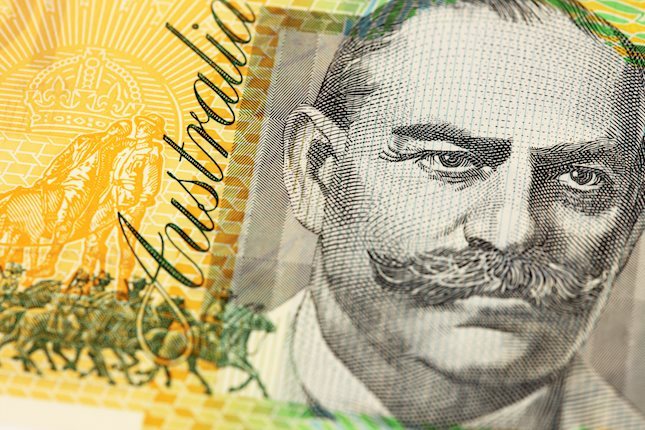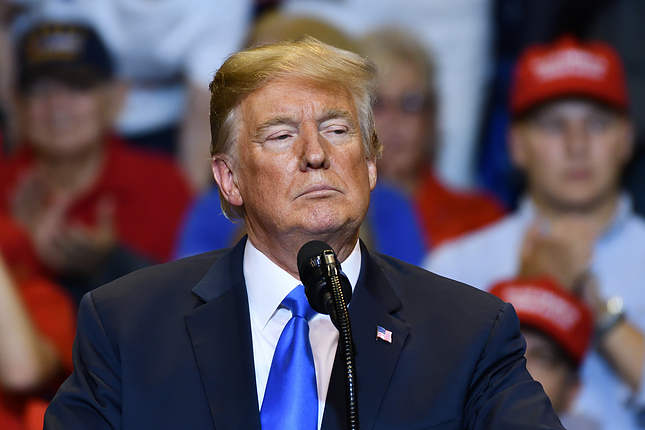Key takeaways
-
At the upcoming January meeting, we expect the Fed to indicate that the first rate hike is likely in March if the economy develops in line with expectations, supported by the tight labour market and still very high inflation.
-
It is one of the interim meetings without updated projections or dots.
-
We have changed our Fed call now expecting four 25bp rate hikes this year (in March, June, September and December, up from three previously) and still four rate hikes in 2023. We expect the Fed to start reducing the balance sheet from September.
-
Given the combination of a strong economy and high underlying inflation, we see risks as skewed towards more, not less, tightening. If this scenario plays out, the Fed is likely to hike 25bp at each meeting, not skipping interim meetings.
-
Fixed Income: We have lifted our target to 2.25% for 10Y UST.
Fed under increasing pressure from tight labour market and high inflation
The December jobs report disappointed, as employment growth was just 199,000, well below consensus. Some are arguing that it means the Fed can stay more patient, all else equal, but we do not share that view and based on recent Fed speeches and interviews, it does not seem like consensus among FOMC members either. To us, it is a sign that the labour market is even tighter than what we thought. Employment growth is unlikely to pick-up until we see a more significant rebound in labour force participation. And if the labour force starts to pick, higher employment growth would most likely still be a signal that the labour market is tightening, as labour demand is very high.
CPI inflation reached 7.0% y/y in December 2021, the highest since June 1982. CPI core inflation is 5.5% y/y, both way above the 2% target. Short-term inflation expectations are still elevated and long-term inflation expectations in the University of Michigan consumer confidence survey is now 3.1% y/y, the highest since 2011. Many small businesses report they expect to hike output prices. The trend is that economists, like ourselves, underestimate the underlying price increases and hence we think it is more likely that inflation will be higher, not lower, than we forecast.
Therefore, we are changing our Fed call. We now expect the Fed to start the hiking cycle in March (from May previously) and to hike a total of four times this year (March, June, September and December) and four times in 2023. A March hike also seems likely when listening to recent comments from several FOMC members in January. Given the tight labour market and high inflation, we think risks are skewed towards more tightening, not less. Based on Fed’s Christopher Waller’s recent comments, it seems unlikely that the Fed is going to hike 50bp, but instead the Fed may hike 25bp at every meeting instead of skipping interim meetings like we got used to during the latest hiking cycle. We discuss further later in the piece.
This publication has been prepared by Danske Bank for information purposes only. It is not an offer or solicitation of any offer to purchase or sell any financial instrument. Whilst reasonable care has been taken to ensure that its contents are not untrue or misleading, no representation is made as to its accuracy or completeness and no liability is accepted for any loss arising from reliance on it. Danske Bank, its affiliates or staff, may perform services for, solicit business from, hold long or short positions in, or otherwise be interested in the investments (including derivatives), of any issuer mentioned herein. Danske Bank's research analysts are not permitted to invest in securities under coverage in their research sector.
This publication is not intended for private customers in the UK or any person in the US. Danske Bank A/S is regulated by the FSA for the conduct of designated investment business in the UK and is a member of the London Stock Exchange.
Copyright () Danske Bank A/S. All rights reserved. This publication is protected by copyright and may not be reproduced in whole or in part without permission.
Recommended Content
Editors’ Picks

AUD/USD extends the retreat to near 0.6650 as US Dollar finds footing
AUD/USD is back in the red, testing 0.6650 in Friday's Asian trading. A renewed US Dollar uptick undermines the pair, even as risk sentiment remains in a sweeter spot. However, the downside appears limited amid the RBA's hawkish stance and hopes for more Chinese stimulus could act as a tailwind for the Aussie.

USD/JPY drops back below 153.00 after Japan's verbal intervention
USD/JPY drops back below 153.00 early Friday, snapping the rebound. Japanese verbal intervention outweighs the upbeat market mood and the post-Fed US Dollar rebound, exerting a fresh bearish pressure on the pair. US sentiment data is next in focus.

Gold price slides back below $2,700 mark amid modest USD strength
Gold price met with a fresh supply and eroded a part of the overnight recovery gains. The Trump trade optimism revives the USD demand and weighs on the precious metal. Retreating US bond yields and bets for additional Fed rate cuts could help limit losses.

BTC touches new all-time high near $77,000 following Fed rate cut
Bitcoin price rallied and reached a new all-time high of $76,849 following the US Federal Reserve’s 25 basis point rate cut. Ethereum and Ripple followed suit and closed above their key resistance levels, hinting at a possible rally ahead.

Outlook for the markets under Trump 2.0
On November 5, the United States held presidential elections. Republican and former president Donald Trump won the elections surprisingly clearly. The Electoral College, which in fact elects the president, will meet on December 17, while the inauguration is scheduled for January 20, 2025.

Best Forex Brokers with Low Spreads
VERIFIED Low spreads are crucial for reducing trading costs. Explore top Forex brokers offering competitive spreads and high leverage. Compare options for EUR/USD, GBP/USD, USD/JPY, and Gold.